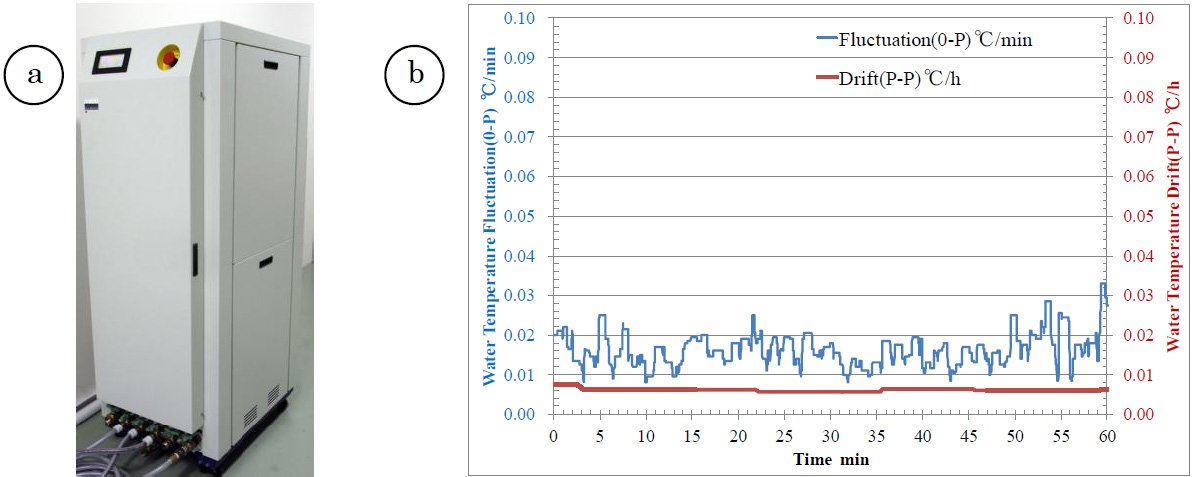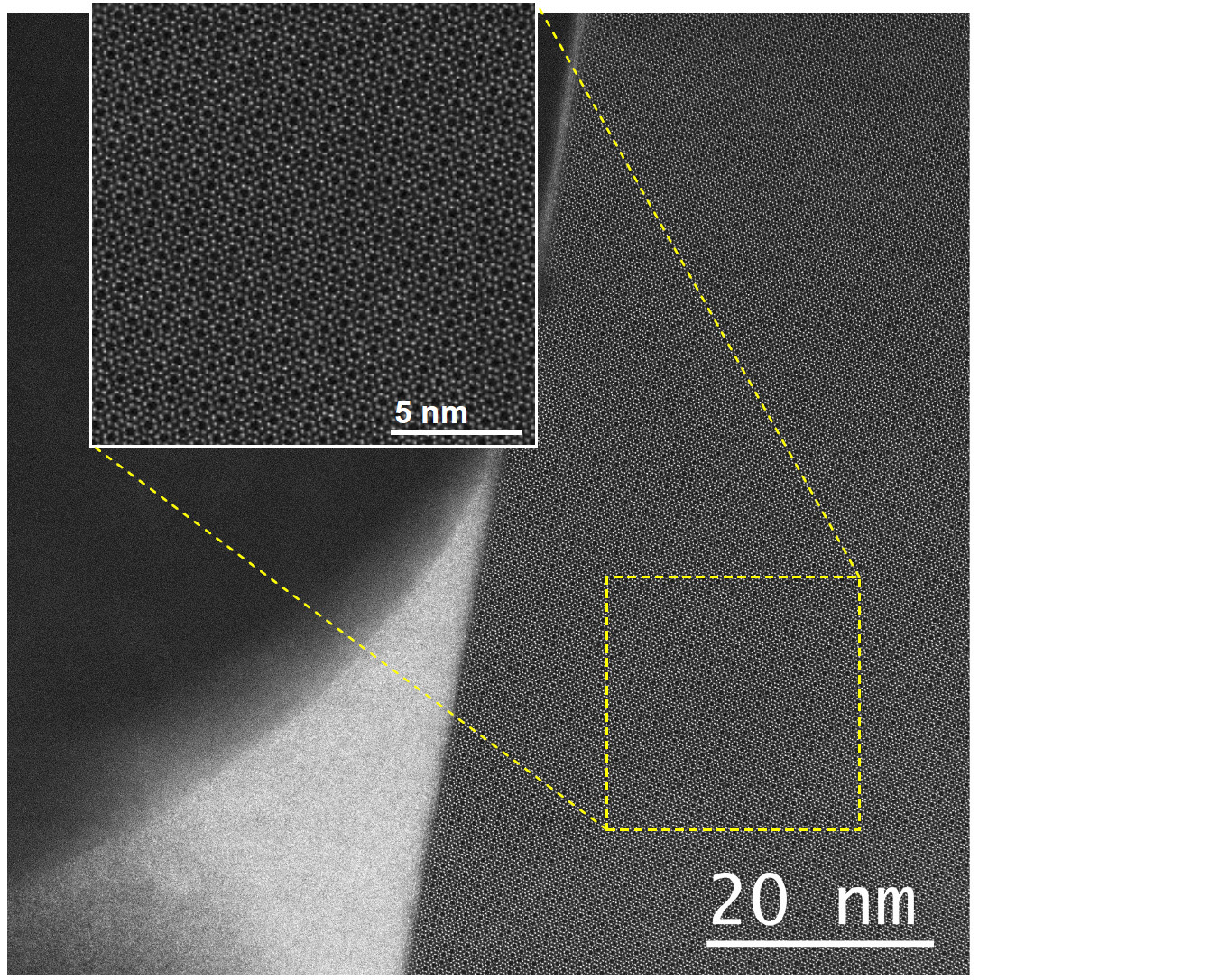IT-2-P-2949 Development of highly stabilized water chiller for atomic resolution microscope
With progress of high resolution imaging using an aberration corrected STEM/TEM, fluctuation less than 50 pm is detectable at a high magnification. As electrical and mechanical stability of the microscope has been improved, the disturbance, due to change of environmental conditions, becomes more crucial at the higher magnification. Among the conditions, a temperature of cooling water is extremely important because it directly affects the temperature of a lens or a column. Magnitude of the temperature fluctuation on a specimen can be roughly estimated as follows. Thermal expansion coefficients for typical metallic materials are in order of 10-5, so that the temperature fluctuation less than 0.1 degree C changes a length of nm-order for mm-size structures in a microscope. Thus, a highly stabilized water chiller system is desired for an atomic resolution electron microscope. The requirements for the microscope are temperature fluctuation of ± 0.05 degree C/min or less, and water temperature drift less than 0.2 degree C/h. We report a water chiller system developed by us with precise temperature control to realize very small fluctuation of water temperature.
Figure 1 (a) shows appearance of the developed water chiller. The size of the chiller is W550×L775×H1350 mm and the cooling power is 6 kW. The high stability of temperature for the cooling water was achieved by a developed temperature compensator with plural heat sources and an improved heat exchanger. Figure 1 (b) plots a temperature change of flowing water controlled by our system for an ultrahigh resolution Cs-corrected 300-kV microscope operated at 300 kV for an hour. The result shows that the fluctuation was less than ±0.01 degree C/min expressed as difference of maximum and minimum within a 60 sec time window, and the temperature drift was less than 0.006 degree C/h expressed as moving average deviations with 60 sec time window.
We recorded high-resolution images with long acquisition times to evaluate the performance of the chiller. Figures 2 (a) and (b) show HAADF STEM images of a Si[110] with an acquisition times of 10 s and 80 s. Fig. 3 (a) shows a high resolution STEM image of Si3N4 of 4k × 4k pixels with 160 s. The images with long acquisition times showed small distortion due to small sample drift, indicating that the temperature of flowing water was sufficiently stabilized for an atomic resolution imaging with long acquisition time. It should be noted that electrical and mechanical stabilities for this microscope were also devised against the other environmental disturbances such as external magnetic field, an external temperature change and so on. As we reported, we have successfully developed a highly stable water chiller that is compatible for an atomic resolution microscopy.


